Dilruk Perera
MedDreamer: Model-Based Reinforcement Learning with Latent Imagination on Complex EHRs for Clinical Decision Support
May 26, 2025Abstract:Timely and personalized treatment decisions are essential across a wide range of healthcare settings where patient responses vary significantly and evolve over time. Clinical data used to support these decisions are often irregularly sampled, sparse, and noisy. Existing decision support systems commonly rely on discretization and imputation, which can distort critical temporal dynamics and degrade decision quality. Moreover, they often overlook the clinical significance of irregular recording frequencies, filtering out patterns in how and when data is collected. Reinforcement Learning (RL) is a natural fit for clinical decision-making, enabling sequential, long-term optimization in dynamic, uncertain environments. However, most existing treatment recommendation systems are model-free and trained solely on offline data, making them sample-inefficient, sensitive to data quality, and poorly generalizable across tasks or cohorts. To address these limitations, we propose MedDreamer, a two-phase model-based RL framework for personalized treatment recommendation. MedDreamer uses a world model with an Adaptive Feature Integration (AFI) module to effectively model irregular, sparse clinical data. Through latent imagination, it simulates plausible patient trajectories to enhance learning, refining its policy using a mix of real and imagined experiences. This enables learning policies that go beyond suboptimal historical decisions while remaining grounded in clinical data. To our knowledge, this is the first application of latent imagination to irregular healthcare data. Evaluations on sepsis and mechanical ventilation (MV) treatment using two large-scale EHR datasets show that MedDreamer outperforms both model-free and model-based baselines in clinical outcomes and off-policy metrics.
Advancing Multi-Organ Disease Care: A Hierarchical Multi-Agent Reinforcement Learning Framework
Sep 06, 2024



Abstract:Multi-organ diseases present significant challenges due to their simultaneous impact on multiple organ systems, necessitating complex and adaptive treatment strategies. Despite recent advancements in AI-powered healthcare decision support systems, existing solutions are limited to individual organ systems. They often ignore the intricate dependencies between organ system and thereby fails to provide holistic treatment recommendations that are useful in practice. We propose a novel hierarchical multi-agent reinforcement learning (HMARL) framework to address these challenges. This framework uses dedicated agents for each organ system, and model dynamic through explicit inter-agent communication channels, enabling coordinated treatment strategies across organs. Furthermore, we introduce a dual-layer state representation technique to contextualize patient conditions at various hierarchical levels, enhancing the treatment accuracy and relevance. Through extensive qualitative and quantitative evaluations in managing sepsis (a complex multi-organ disease), our approach demonstrates its ability to learn effective treatment policies that significantly improve patient survival rates. This framework marks a substantial advancement in clinical decision support systems, pioneering a comprehensive approach for multi-organ treatment recommendations.
Adapting an Artificial Intelligence Sexually Transmitted Diseases Symptom Checker Tool for Mpox Detection: The HeHealth Experience
Apr 23, 2024


Abstract:Artificial Intelligence applications have shown promise in the management of pandemics and have been widely used to assist the identification, classification, and diagnosis of medical images. In response to the global outbreak of Monkeypox (Mpox), the HeHealth.ai team leveraged an existing tool to screen for sexually transmitted diseases to develop a digital screening test for symptomatic Mpox through AI approaches. Prior to the global outbreak of Mpox, the team developed a smartphone app, where app users can use their own smartphone cameras to take pictures of their own penises to screen for symptomatic STD. The AI model was initially developed using 5000 cases and use a modified convolutional neural network to output prediction scores across visually diagnosable penis pathologies including Syphilis, Herpes Simplex Virus, and Human Papilloma Virus. From June 2022 to October 2022, a total of about 22,000 users downloaded the HeHealth app, and about 21,000 images have been analyzed using HeHealth AI technology. We then engaged in formative research, stakeholder engagement, rapid consolidation images, a validation study, and implementation of the tool from July 2022. From July 2022 to October 2022, a total of 1000 Mpox related images had been used to train the Mpox symptom checker tool. Our digital symptom checker tool showed accuracy of 87% to rule in Mpox and 90% to rule out symptomatic Mpox. Several hurdles identified included issues of data privacy and security for app users, initial lack of data to train the AI tool, and the potential generalizability of input data. We offer several suggestions to help others get started on similar projects in emergency situations, including engaging a wide range of stakeholders, having a multidisciplinary team, prioritizing pragmatism, as well as the concept that big data in fact is made up of small data.
LSTM Networks for Online Cross-Network Recommendations
Sep 03, 2020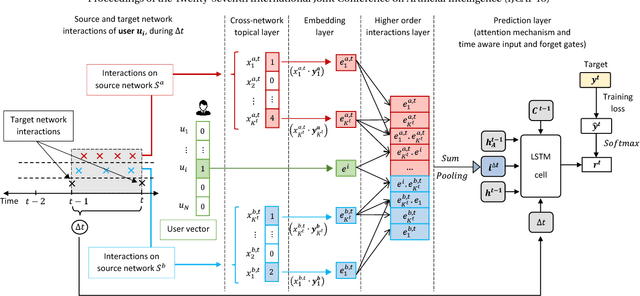

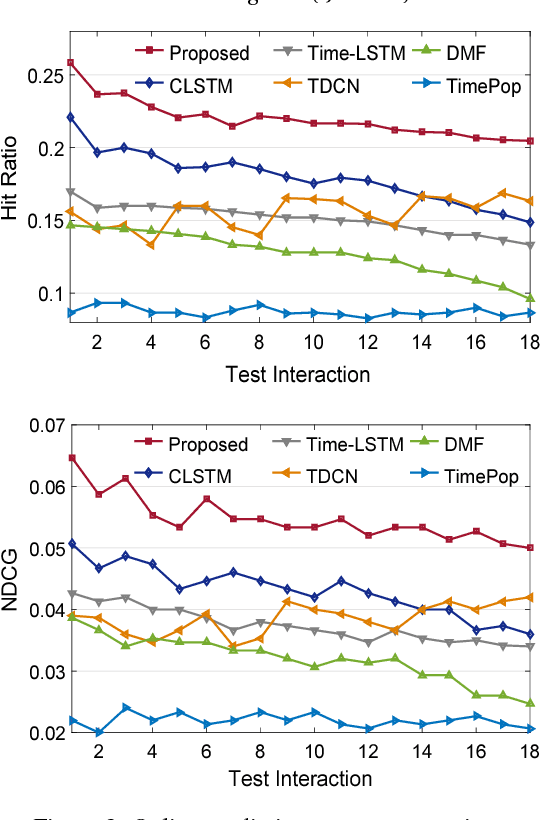
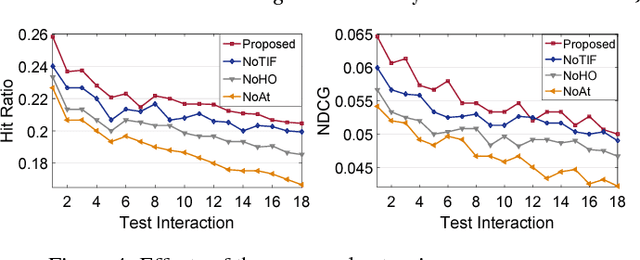
Abstract:Cross-network recommender systems use auxiliary information from multiple source networks to create holistic user profiles and improve recommendations in a target network. However, we find two major limitations in existing cross-network solutions that reduce overall recommender performance. Existing models (1) fail to capture complex non-linear relationships in user interactions, and (2) are designed for offline settings hence, not updated online with incoming interactions to capture the dynamics in the recommender environment. We propose a novel multi-layered Long Short-Term Memory (LSTM) network based online solution to mitigate these issues. The proposed model contains three main extensions to the standard LSTM: First, an attention gated mechanism to capture long-term user preference changes. Second, a higher order interaction layer to alleviate data sparsity. Third, time aware LSTM cell gates to capture irregular time intervals between user interactions. We illustrate our solution using auxiliary information from Twitter and Google Plus to improve recommendations on YouTube. Extensive experiments show that the proposed model consistently outperforms state-of-the-art in terms of accuracy, diversity and novelty.
Towards Comprehensive Recommender Systems: Time-Aware UnifiedcRecommendations Based on Listwise Ranking of Implicit Cross-Network Data
Aug 25, 2020

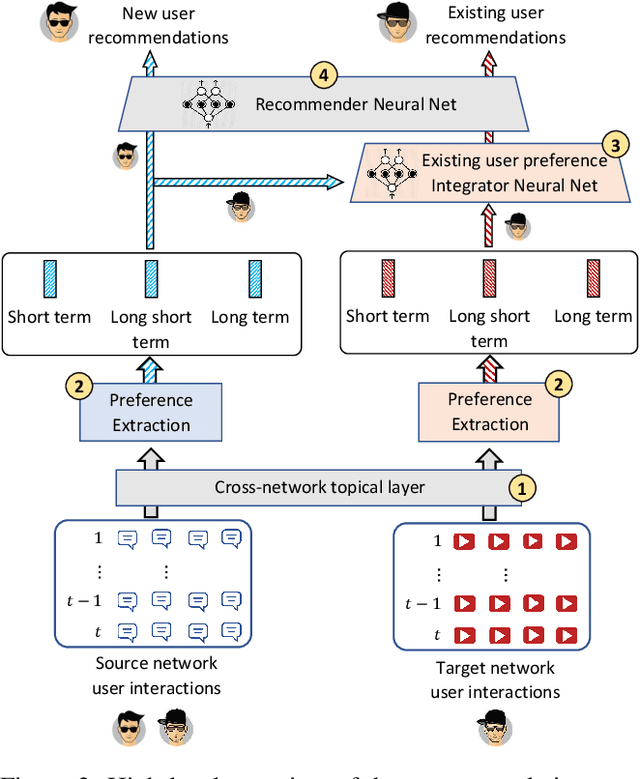
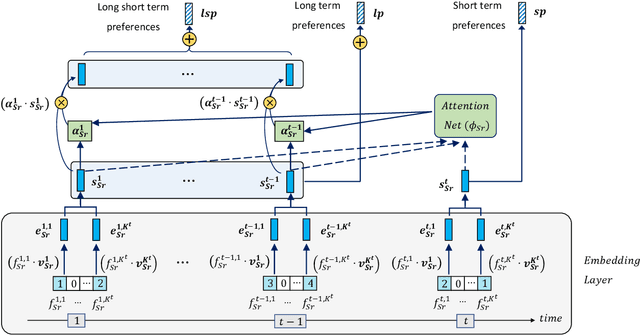
Abstract:The abundance of information in web applications make recommendation essential for users as well as applications. Despite the effectiveness of existing recommender systems, we find two major limitations that reduce their overall performance: (1) inability to provide timely recommendations for both new and existing users by considering the dynamic nature of user preferences, and (2) not fully optimized for the ranking task when using implicit feedback. Therefore, we propose a novel deep learning based unified cross-network solution to mitigate cold-start and data sparsity issues and provide timely recommendations for new and existing users.Furthermore, we consider the ranking problem under implicit feedback as a classification task, and propose a generic personalized listwise optimization criterion for implicit data to effectively rank a list of items. We illustrate our cross-network model using Twitter auxiliary information for recommendations on YouTube target network. Extensive comparisons against multiple time aware and cross-network base-lines show that the proposed solution is superior in terms of accuracy, novelty and diversity. Furthermore, experiments conducted on the popular MovieLens dataset suggest that the proposed listwise ranking method outperforms existing state-of-the-art ranking techniques.
Exploring the use of Time-Dependent Cross-Network Information for Personalized Recommendations
Aug 25, 2020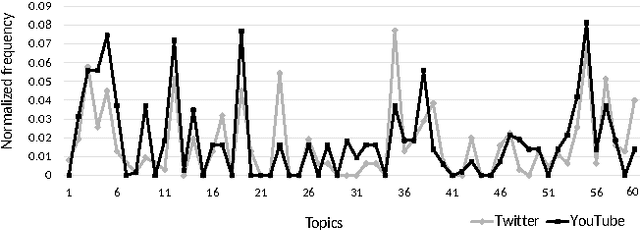
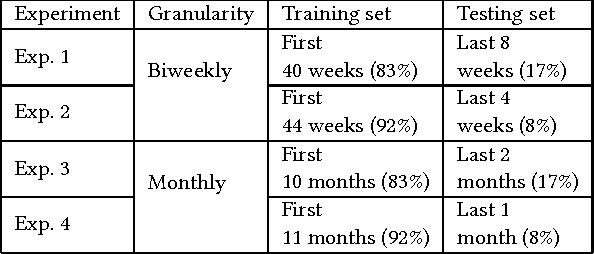
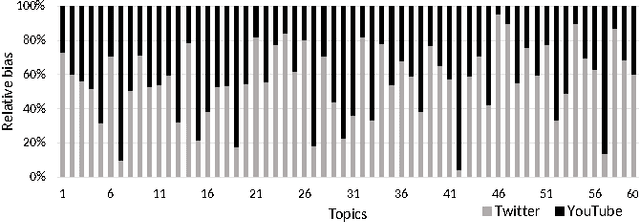

Abstract:The overwhelming volume and complexity of information in online applications make recommendation essential for users to find information of interest. However, two major limitations that coexist in real world applications (1) incomplete user profiles, and (2) the dynamic nature of user preferences continue to degrade recommender quality in aspects such as timeliness, accuracy, diversity and novelty. To address both the above limitations in a single solution, we propose a novel cross-network time aware recommender solution. The solution first learns historical user models in the target network by aggregating user preferences from multiple source networks. Second, user level time aware latent factors are learnt to develop current user models from the historical models and conduct timely recommendations. We illustrate our solution by using auxiliary information from the Twitter source network to improve recommendations for the YouTube target network. Experiments conducted using multiple time aware and cross-network baselines under different time granularities show that the proposed solution achieves superior performance in terms of accuracy, novelty and diversity.
CnGAN: Generative Adversarial Networks for Cross-network user preference generation for non-overlapped users
Aug 25, 2020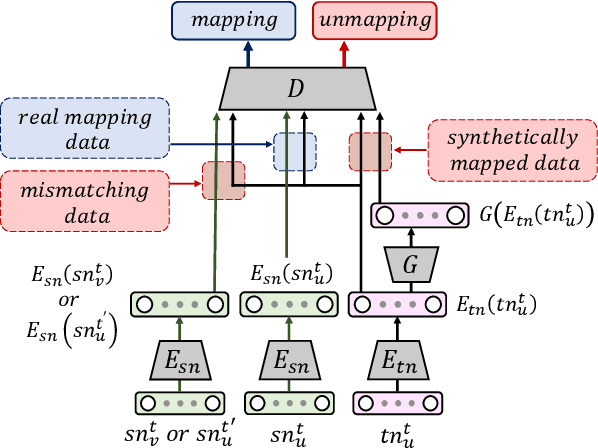
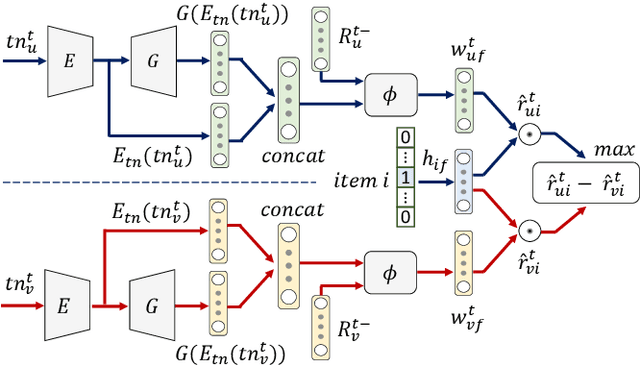
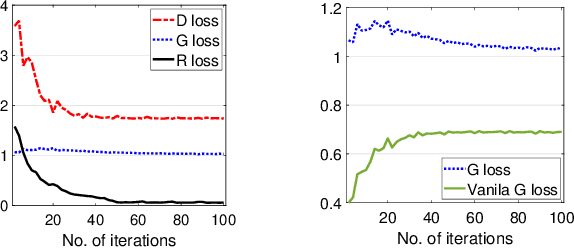
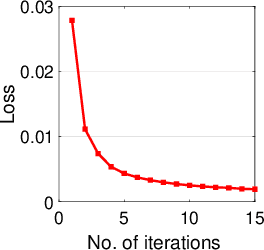
Abstract:A major drawback of cross-network recommender solutions is that they can only be applied to users that are overlapped across networks. Thus, the non-overlapped users, which form the majority of users are ignored. As a solution, we propose CnGAN, a novel multi-task learning based, encoder-GAN-recommender architecture. The proposed model synthetically generates source network user preferences for non-overlapped users by learning the mapping from target to source network preference manifolds. The resultant user preferences are used in a Siamese network based neural recommender architecture. Furthermore, we propose a novel user based pairwise loss function for recommendations using implicit interactions to better guide the generation process in the multi-task learning environment.We illustrate our solution by generating user preferences on the Twitter source network for recommendations on the YouTube target network. Extensive experiments show that the generated preferences can be used to improve recommendations for non-overlapped users. The resultant recommendations achieve superior performance compared to the state-of-the-art cross-network recommender solutions in terms of accuracy, novelty and diversity.
 Add to Chrome
Add to Chrome Add to Firefox
Add to Firefox Add to Edge
Add to Edge